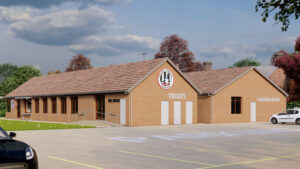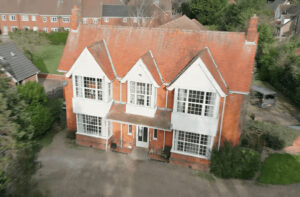It is thought that the name Spilsby originates from Spillir the Dane who owned a ‘by’ or settlement on the site of modern day Spilsby. Records show that Spilsby has been an important market location, providing a weekly market for the buying and selling of local produce for over 700 years. Until the end of the 20th Century this also included the buying and selling of livestock. Whilst this no longer continues, the rest of the market still exists to this day.
The importance of the market is evident in the layout of Spilsby as the market place remains the focus of the town, and it adheres to the medieval street pattern of four streets coming together into the market place. Most of the oldest buildings in Spilsby are located around the market place.
In the 18th Century, Spilsby was one of Lincolnshire’s smallest market towns with a population of around 500 to 600 during the 1730s. The town was not helped by the larger market towns surrounding, including Horncastle and Alford. However, the location of Spilsby was important as it was on the main Louth to Boston road which was turnpiked in 1765. By the 1790’s there was a regular daily coach service through Spilsby from Louth to London.
In the Georgian era, Spilsby was a small village with an increasingly important professional class growing in its midst. The increasing prosperity in the town led to the building of the Town Hall, Council Chamber, Court and Gaol. This was on the upper storey of the building, raised on arches with the Corn Exchange and market stalls below. During this time an elementary school was opened as well as Spilsby’s first known bank – the ‘Boston and Spilsby’ – which opened on the High Street during the agricultural boom in the area.
By the 19th Century, Spilsby had remained a relatively small town with a population of 982 in 1801, but this grew rapidly to 1,456 by 1841. However, by 1901 this had only increased to 1,483.
Modern Spilsby would remain very familiar to our 19th Century ancestors as there has been relatively little major change to the structure of the town and Spilsby continues to serve the surrounding area with its market and range of shops and services as it has done for many centuries.



